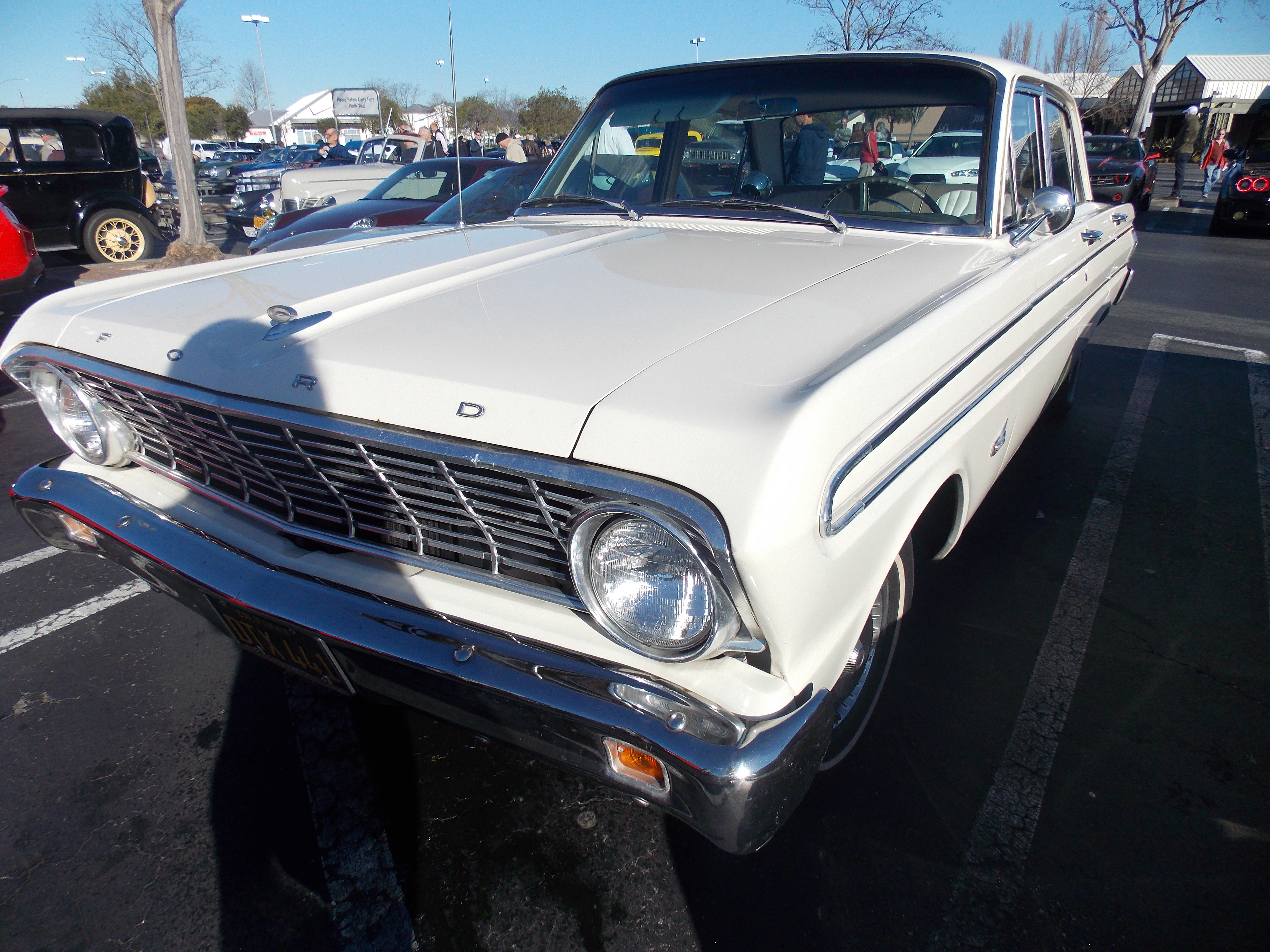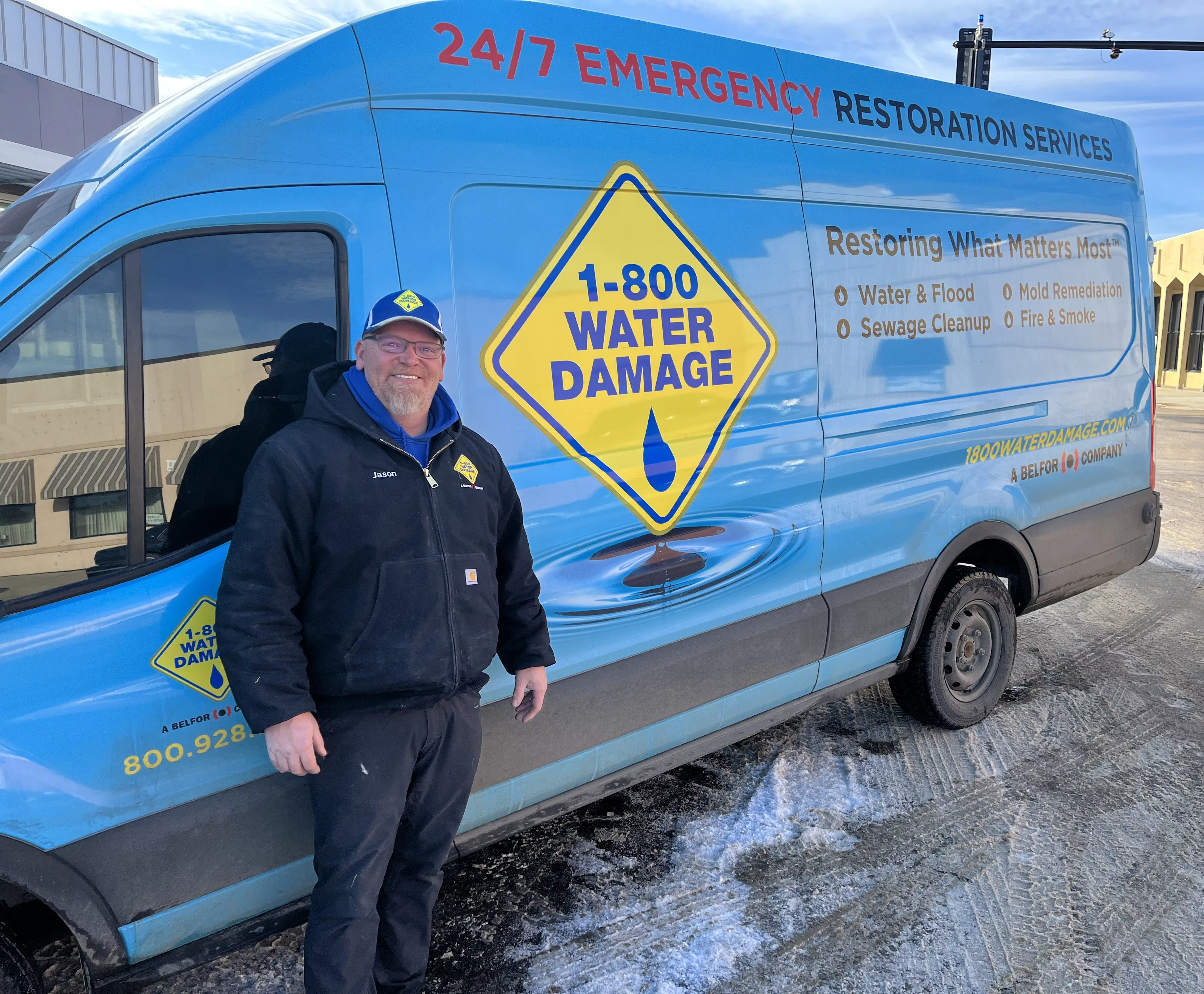Restoration vehicles, the embodiment of automotive passion and historical significance, embark us on a journey of preservation, craftsmanship, and cultural exploration. Their meticulous restoration breathes new life into automotive relics, connecting us to the past and shaping the future of car culture.
From classic cars to muscle machines and vintage trucks, each type of restoration vehicle carries its unique story, presenting distinct challenges and rewards. Join us as we delve into the fascinating world of restoration vehicles, uncovering the techniques, challenges, and profound impact they have on automotive history and enthusiasts alike.
Historical Significance of Restoration Vehicles
Restoration vehicles hold immense historical significance in preserving the automotive heritage and shaping car culture. These vehicles are meticulously restored to their original condition, offering a glimpse into the past and showcasing the evolution of automotive design and engineering.
Cultural Impact on Car Enthusiasts and Collectors
Restoration vehicles have a profound impact on car enthusiasts and collectors. They foster a deep appreciation for automotive history and inspire a sense of nostalgia. These vehicles are often meticulously researched and restored, ensuring accuracy and authenticity.
- Preservation of automotive heritage: Restoration vehicles preserve iconic cars that have played a significant role in automotive history, ensuring their legacy and educating future generations.
- Appreciation of craftsmanship: Restoring vehicles requires exceptional craftsmanship and attention to detail, showcasing the skills and dedication of automotive enthusiasts.
- Community building: Restoration projects bring together car enthusiasts who share a passion for preserving automotive history, fostering a sense of camaraderie and community.
Techniques and Methods for Vehicle Restoration
Vehicle restoration involves a meticulous process of preserving and renewing vehicles to their original condition or a desired state. Restorers employ a wide range of techniques and methods to achieve these goals.
Best practices for preserving and restoring original parts include proper cleaning, rust removal, and paint touch-ups. Modern restoration techniques and technologies include the use of 3D scanning, computer-aided design (CAD), and specialized equipment for welding, painting, and upholstery.
Preservation of Original Parts
- Cleaning:Using gentle cleaning agents and techniques to remove dirt, grime, and surface rust without damaging the original finish.
- Rust Removal:Employing chemical or mechanical methods to remove rust without compromising the integrity of the metal.
- Paint Touch-ups:Matching the original paint color and applying touch-ups to conceal minor scratches or imperfections.
Modern Restoration Techniques and Technologies
- 3D Scanning:Creating a digital model of the vehicle or its components for accurate replication and replacement.
- Computer-Aided Design (CAD):Using software to design and fabricate custom parts or modify existing ones.
- Specialized Equipment:Utilizing advanced welding, painting, and upholstery equipment to achieve precise and professional results.
Types and Styles of Restoration Vehicles
The world of restoration vehicles encompasses a diverse array of types and styles, each with its unique characteristics and challenges. From classic cars to muscle cars and vintage trucks, these vehicles represent a rich tapestry of automotive history and craftsmanship.
Classic Cars
Classic cars are vehicles that have stood the test of time, becoming iconic symbols of their era. Typically defined as being at least 25 years old, these cars are highly sought after by collectors and enthusiasts alike. They embody the elegance and style of bygone days, with graceful lines, luxurious interiors, and powerful engines.
Muscle Cars
Muscle cars emerged in the 1960s as the epitome of American automotive performance. These high-powered beasts were characterized by their large engines, aggressive styling, and blistering acceleration. From the iconic Ford Mustang to the legendary Chevrolet Camaro, muscle cars continue to captivate car enthusiasts with their raw power and thrilling driving experience.
Vintage Trucks
Vintage trucks represent the workhorses of yesteryear. These rugged vehicles played a vital role in the development of industries and communities. From classic Ford F-Series pickups to iconic Chevrolet C-10s, vintage trucks have become increasingly popular among collectors and restorers.
Their timeless designs and utilitarian appeal make them a sought-after commodity.
Challenges and Considerations in Vehicle Restoration
Restoring a classic vehicle is a rewarding endeavor, but it also presents numerous challenges and considerations. These include sourcing parts, dealing with rust and corrosion, and maintaining authenticity.
Sourcing Parts
One of the biggest challenges in vehicle restoration is finding the necessary parts. Many classic vehicles were produced in limited numbers, and parts may no longer be available from the original manufacturer. This means that restorers must often rely on aftermarket suppliers or used parts.
However, finding the right parts can be a time-consuming and expensive process.
Rust and Corrosion, Restoration vehicles
Another common challenge in vehicle restoration is dealing with rust and corrosion. Rust is a major problem for classic vehicles, as it can weaken the metal and lead to structural damage. Removing rust and preventing its return requires careful attention to detail and the use of specialized techniques.
Maintaining Authenticity
When restoring a classic vehicle, it is important to maintain its authenticity. This means using original parts and materials whenever possible. However, it is not always possible to find original parts, and in some cases, it may be necessary to use aftermarket parts.
In these cases, it is important to choose parts that are as close to the originals as possible.
Proper Documentation and Research
Proper documentation and research are essential for any vehicle restoration project. This includes keeping a detailed record of all work performed, as well as any parts that are replaced. This documentation will help to ensure that the vehicle is restored to its original condition and that its value is maintained.
Balancing Restoration Goals with Budget and Time Constraints
When restoring a classic vehicle, it is important to balance restoration goals with budget and time constraints. It is easy to get caught up in the details of a restoration project, but it is important to remember that the goal is to create a vehicle that is both beautiful and functional.
It is also important to set realistic expectations for the project, both in terms of cost and time.
The Role of Restoration Vehicles in Automotive Culture
Restoration vehicles play a pivotal role in shaping automotive culture and fostering vibrant enthusiast communities. They serve as tangible links to the past, preserving automotive heritage and showcasing the artistry and craftsmanship of bygone eras.
By restoring classic and vintage vehicles, enthusiasts not only preserve automotive history but also cultivate an appreciation for the intricate details, engineering marvels, and aesthetic beauty that characterized cars of the past. These vehicles serve as rolling time capsules, offering a glimpse into the automotive landscape of different decades and inspiring a deep reverence for the craftsmanship and innovation that shaped them.
Impact on the Automotive Industry
The restoration vehicle movement has a profound impact on the automotive industry, influencing modern car design and stimulating innovation. The meticulous attention to detail and unwavering commitment to authenticity exhibited by restorers have set high standards for craftsmanship and quality, inspiring contemporary car manufacturers to strive for excellence in their own designs.
Moreover, the popularity of restoration vehicles has fueled a growing demand for specialized parts, tools, and services, creating a thriving aftermarket industry that supports the preservation and restoration of classic cars. This ecosystem of suppliers and artisans ensures that enthusiasts have access to the resources they need to keep their cherished vehicles on the road.
Closure: Restoration Vehicles
Restoration vehicles are more than just restored machines; they are rolling testaments to the enduring power of automotive history and human ingenuity. They remind us of the passion that drives car enthusiasts and collectors, fostering a deep appreciation for the artistry and craftsmanship that have shaped automotive culture over the decades.
As we continue to restore and preserve these automotive treasures, we not only safeguard our heritage but also inspire future generations to embrace the timeless allure of the automobile.
FAQ Section
What are the benefits of restoring a vehicle?
Restoring a vehicle can bring immense satisfaction and joy, preserving automotive heritage, fostering a deep appreciation for craftsmanship, and potentially increasing its value.
What are the challenges involved in vehicle restoration?
Vehicle restoration presents challenges such as sourcing rare parts, dealing with rust and corrosion, maintaining authenticity, and balancing restoration goals with budget and time constraints.
How can I find a qualified restoration specialist?
To find a qualified restoration specialist, seek recommendations from car clubs, attend automotive events, and research online reviews and portfolios.




